Gluteus Medius Tear
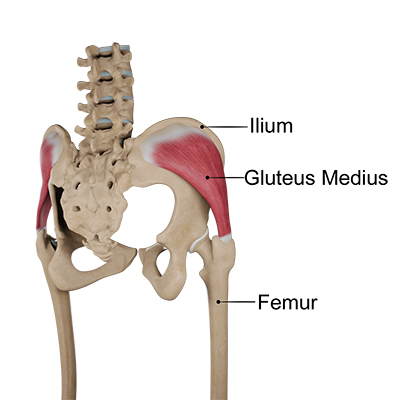
What is a Gluteus Medius Tear?
The gluteus medius is a muscle on the outside of the hip, which is important for abduction (moving your leg away from the body). These muscles help with movements like standing up right, getting out of the car, and walking without a limp. Gluteus medius tears, also known as the rotator cuff tear of the hip, involve tearing the gluteus medius muscle from its attachment on the greater trochanter (part of the femur bone that can be felt on the side of your hip).
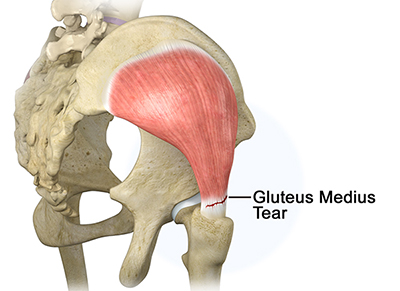
Causes
There are a few different ways that a person might tear their gluteus medius. For one, a traumatic injury or injury sustained during sports to the hip can cause injury to the gluteus medius. Specifically, if you hyper-extend your leg to the side beyond the normal range of motion, this can tear the muscle. Additionally, some people may have injury or inflammation of the tendon that connects the gluteus medius to the thighbone that eventually causes a tear in the tendon. This is typically caused by overuse, or repetitive motion of the gluteus medius.
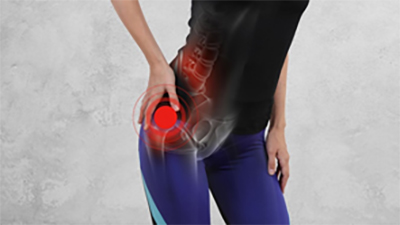
Symptoms
Symptoms of a gluteus medius tear include pain on the outside of the hip, weakness with abduction movements, hip instability, and limping.
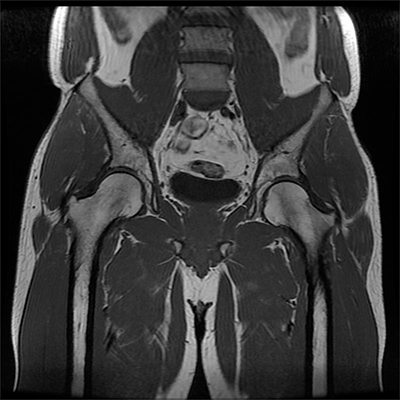
Diagnosis
Your doctor will review your medical history and symptoms. Your doctor may also recommend the following diagnostic tests:
- Physical Examination: By performing a variety of tests, a clinician can use provocative tests that can help indicate if the patient has a gluteus medius tear. The Trendelenburg Test might be used to determine the strength of the gluteus medius. Your provider might also observe how you walk and determine if you have signs of a Trendelenburg gait. This is another indication that your gluteus medius might be torn.
- X-rays: This study uses electromagnetic beams to produce images of the bones and can show if there is any other damage to the bones of the hip joint, such as arthritis.
- MRI Scan: This is an imaging study that uses a large magnetic field and radio waves to detect any damage to the soft tissues of the hip, including tendons, muscles, and ligaments.
- Ultrasound: This study uses high-frequency sound waves to produce images of the tissues of the hip.
- Diagnostic Injection With Local Anesthetic: In some cases, a diagnostic injection using a local anesthetic may be administered to the hip to determine where the pain is stemming from.
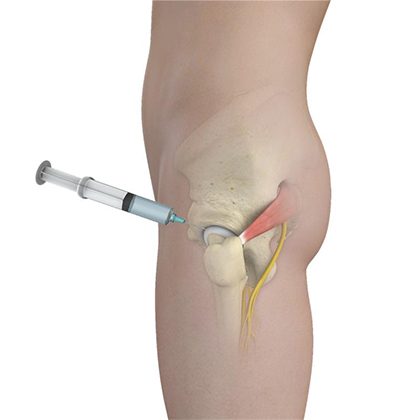
Treatment Options
Non-surgical options may be recommended by your orthopedic surgeon if they suspect that you have a gluteus medius tear. Examples of non-surgical treatments include:
- Rest and activity modification: Your doctor might recommend to avoid participating in activities that cause pain and allow your body to rest.
- Anti-inflammatory medications: Non-steroidal anti-inflammatory medications (NAIDS), like Advil or Motrin, can be used to reduce pain and inflammation.
- Physical therapy: Exercises can strengthen the muscles around the hip.
- Regenerative medicine & injections: Therapies like platelet-rich plasma (PRP) or bone marrow aspirate concentrate (BMAC) may be recommended, as they can help promote healing in the affected area. Cortisone injections might also be used, which can reduce inflammation.
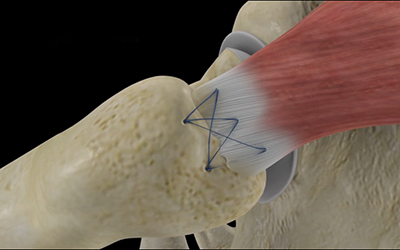
Surgical Options
In many cases, a torn gluteus medius can be repaired arthroscopically by sewing the torn part of the gluteus medius tendon back to the bone using tiny anchors. Arthroscopic surgery is minimally invasive, and your doctor will only make key hole incisions to repair the joint. This procedure has a high success rate in treating pain and restoring strength to the gluteus medius muscle.
If the tear is too large, an open gluteus medius repair may be undertaken. Similar anchors are used to stabilize the repair or the tendon to the bone. Open surgery requires that your surgeon will make cuts into the skin in order to repair the damaged structures.
In rare cases where the gluteus medius is severely damaged, the gluteus maximus may be transfered restoring strength and function to the hip abductors.
AHI Publications
Favorable and Durable Outcomes at 10-Year Follow-Up After Endoscopic Gluteus Medius Repair With Concomitant Hip Arthroscopy
